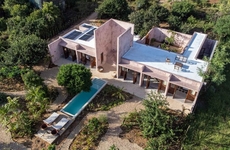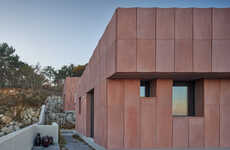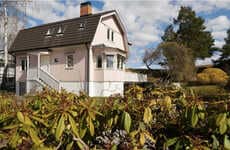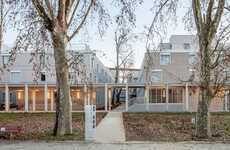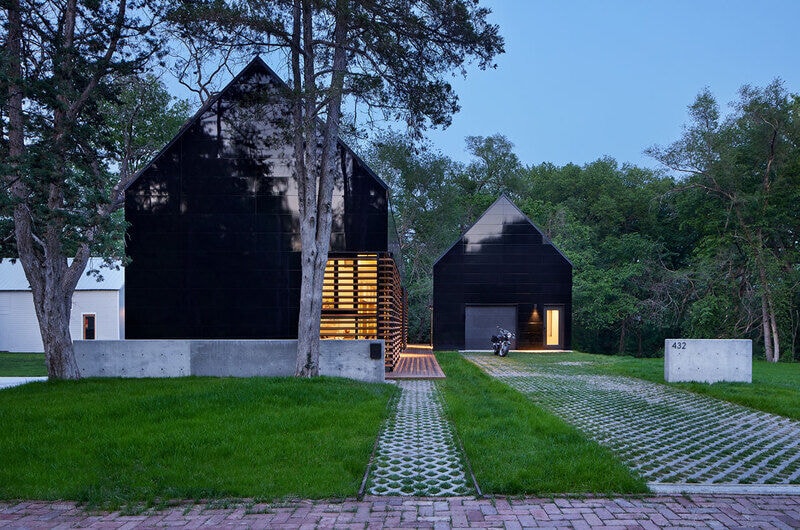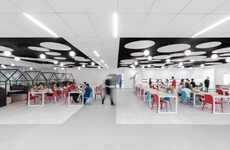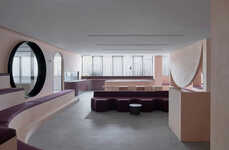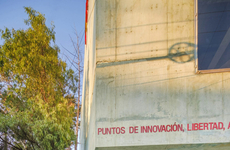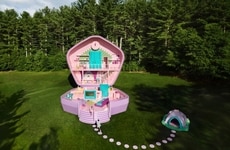
Duravit and Studio 804 Create the Pinkey Neighborhood House
Amy Duong — February 22, 2024 — Art & Design
References: redirect.viglink & design-milk
The Pinkey Neighborhood House was developed by Duravit with the help of Studio 804 and the design project was led by Dan Rockhill. The idea was to bridge the gap between formal studies and professional work for the University of Kansas' architectural graduates.
Over the years, the practice taps about 30 students to work through nearly all aspects of the construction process right from ideation to the full realization. Rockhill explains, I had noticed that students were suffering from what I’ve described as this sort of deprived youth, and began doing just a little bit of building with them. And they were just drunk on the potency of that experience. I couldn’t believe it. And they just wanted to get out of the classroom.”
Image Credit: Duravit, Studio 804, Corey Gaffer
Over the years, the practice taps about 30 students to work through nearly all aspects of the construction process right from ideation to the full realization. Rockhill explains, I had noticed that students were suffering from what I’ve described as this sort of deprived youth, and began doing just a little bit of building with them. And they were just drunk on the potency of that experience. I couldn’t believe it. And they just wanted to get out of the classroom.”
Image Credit: Duravit, Studio 804, Corey Gaffer
Trend Themes
1. Student-led Design Projects - Empowering architectural students to engage in real-world construction projects, bridging the gap between theory and practice.
2. Collaborative Construction Processes - Involving multiple stakeholders in every step of the construction process, leading to holistic and integrated design outcomes.
3. Educational-industry Partnerships - Creating opportunities for universities to collaborate with industry professionals, enriching the learning experience for students.
Industry Implications
1. Architecture - Exploring new models of blending academic education with hands-on construction projects in architectural training.
2. Construction - Implementing student involvement in construction projects to foster innovation and practical skills development in the industry.
3. Education - Facilitating partnerships between educational institutions and businesses to enhance learning outcomes and real-world application for students.
2.9
Score
Popularity
Activity
Freshness


